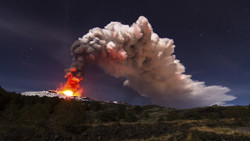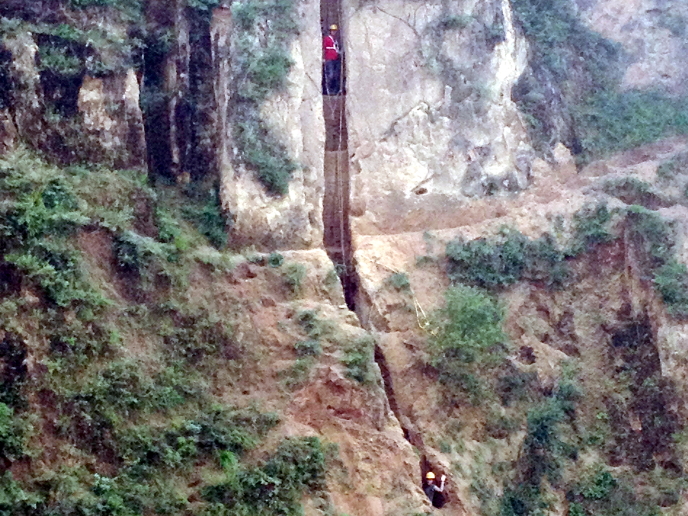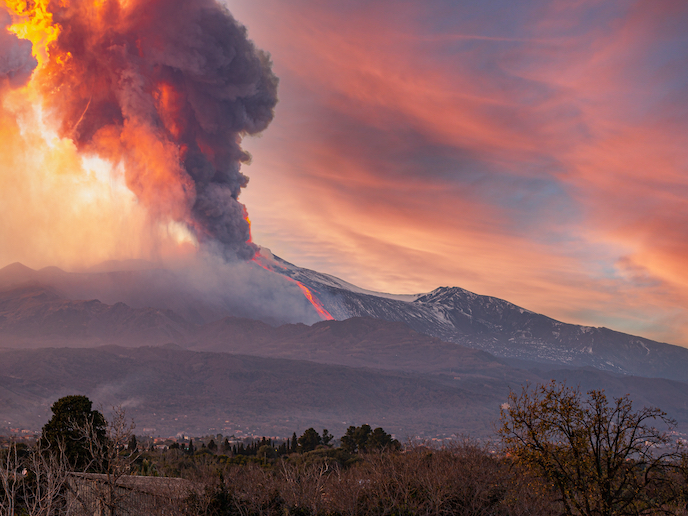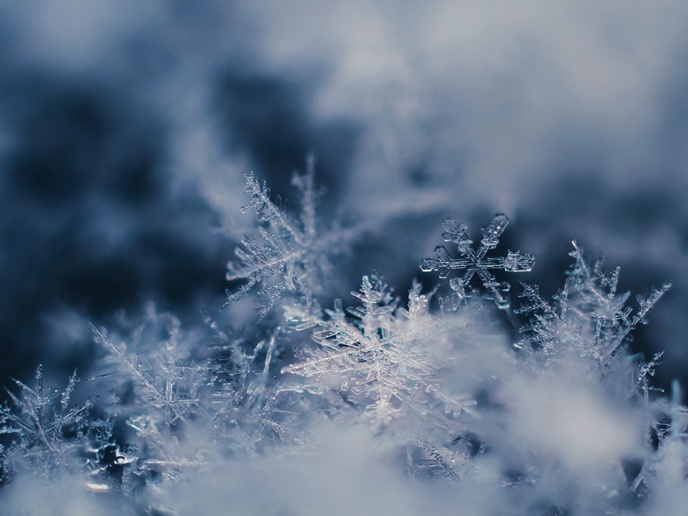Volcano rocks shed light on eruptions
Magma can form two types of rock: plutonic rocks are formed when magma cools underground, and volcanic rocks are formed when lava cools aboveground. Comparing volcanic and plutonic rocks may hold clues to the timing and magnitude of volcanic eruptions, but this is currently difficult to do. The EU funded the IMAPS project to compare juxtaposed volcanic and plutonic materials from exposed volcanic systems in the United States. Researchers aimed to use this comparison to shed light on processes that occur kilometres below the surface of the Earth. IMAPS selected three exposed calderas in the United States where plutonic and volcanic rocks are found in the same region. Samples of both types of rocks were collected from these sites. Researchers then undertook an extensive laboratory analysis of these samples using state-of-the-art geochemical techniques. In particular, they studied the composition, texture, crystal structure, presence of trace elements and changes in the rocks over time. Scientists on the project found that plutonic rock close to the surface is responsible for most violent volcanic eruptions. Perhaps more importantly, they found evidence for a 200 000-year cycle of activity in these volcanoes until activity stopped for no discernible reason. By comparing different types of igneous rocks, IMAPS has brought scientists to a better understanding of volcanic activity. This will contribute to long-term predictions of volcanic eruptions, which may save thousands of lives.
Keywords
Magma, plutonic rocks, volcanic rocks, volcanic eruptions, calderas, geochemical







